Amid closures and funding crises in regional museums, Ben Flatman questions the logic behind costly redesigns of spaces and places that already work
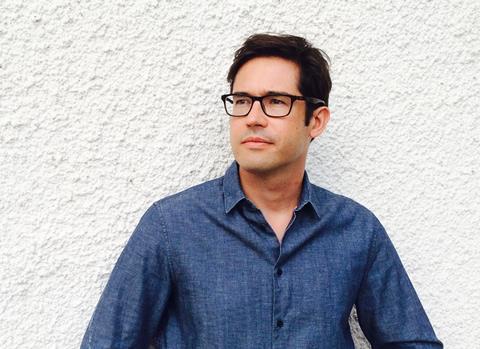
The Wallace Collection is one of London’s great treasures. Housed in Hertford House, a grand yet intimate mansion in Marylebone, it combines the richness of one of the UK’s great art collections with the subtle pleasure of meandering through a building that still reads as a home.
It is somewhere to which I have returned again and again with my own children, precisely because it feels human in scale, full of surprises, and at ease with itself.
The collection is remarkable – encompassing European paintings, decorative arts, furniture, and arms and armour – but it is the setting that makes the experience so distinctive. Few other museums in London feel this effortlessly complete. It has none of the bloated expansionist energy of other major institutions, nor the self-conscious theatricality of more recent museum designs.
The glazed courtyard café, added in 2000 by Rick Mather Architects, is one of central London’s best informal meeting places. True, it gets a bit hot in summer, but that hardly warrants a wholesale rethink.
Yet the Wallace Collection has now embarked on what it describes as a “transformational” redevelopment. Selldorf Architects has been appointed to lead a masterplan, working alongside Purcell and Lawson Ward Studio.
Annabelle Selldorf has a reputation for thoughtfulness, but her recent overhaul of the National Gallery’s Sainsbury Wing should give pause. What started as an effort to improve access and clarity ended with a scheme that stripped out much of what had made the building feel radical and idiosyncratic. The clarity came at the cost of character.
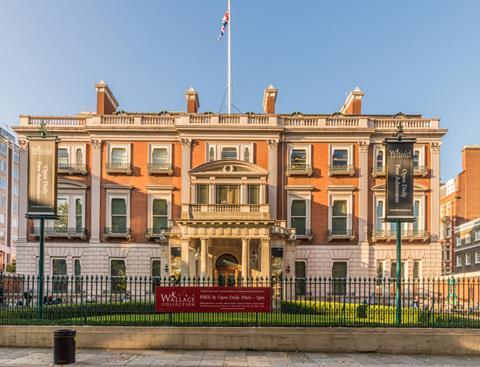
The fear now is that a similar fate could await the Wallace Collection. What precisely is being transformed, and why? At a time when public funding is scarce and institutions across the country are struggling to keep the lights on, it feels like the wrong priority.
The proposed Queen Elizabeth II memorial in St James’s Park raises similar concerns. The existing, treasured park landscape is one of careful informality and many would regard it as one of the most beautiful parks in London. Yet five proposals have been brought forward for a national memorial that, depending on the scheme selected, could amount to either pointless tinkering or outright desecration.
I am not a reflexive Thomas Heatherwick-basher. Much of his work is joyful and surprising. But his proposal for the memorial, with its overscaled bridge and massive canopy, smack bang in one of the most cherished vistas in the capital, seems to miss the point of the park entirely. It looks like it was designed for a site that doesn’t exist.
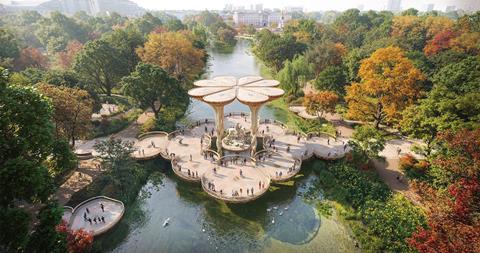
What links these two projects is an instinct to intervene in places that, for many people, already work extremely well as they are. There is a question here about judgment: Why are we investing heavily in the transformation of already successful institutions and spaces, while regional museums, galleries and public spaces are being left to wither?
The Birmingham Museum and Art Gallery had been shut for years and only partially reopened recently. Meanwhile, the city’s brilliant Museum of the Jewellery Quarter appears to have been permanently mothballed.
Sara Wajid, co-chief executive of Birmingham Museums Trust, warned last year that, despite headline increases for the Department for Culture, Media and Sport, last year’s budget left the city even worse off at a time when the council was “already in a dire financial situation”.
The answer is not to pit London against the regions. The Wallace Collection and our big London museums are vital to the cultural life of the nation. But the resources available to London’s major institutions suggest a broader imbalance. If a museum as seemingly well-resolved and cherished as the Wallace feels the need to pursue a major capital project, what does that say about how priorities are being set?
Architects, curators and funders alike need to remember that not every place requires reinvention. Sometimes the most valuable thing we can do is leave well alone.
Postscript
Ben Flatman is Building Design’s architectural editor.


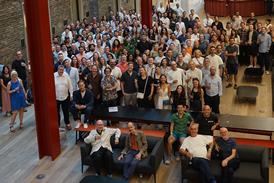
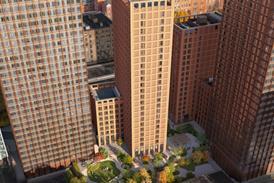

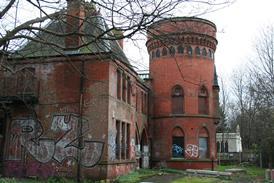

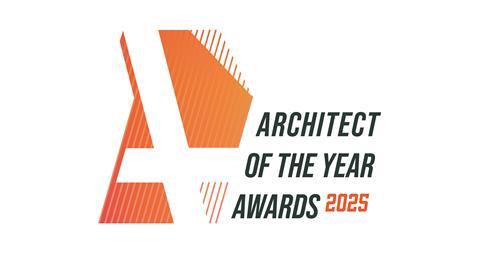








5 Readers' comments